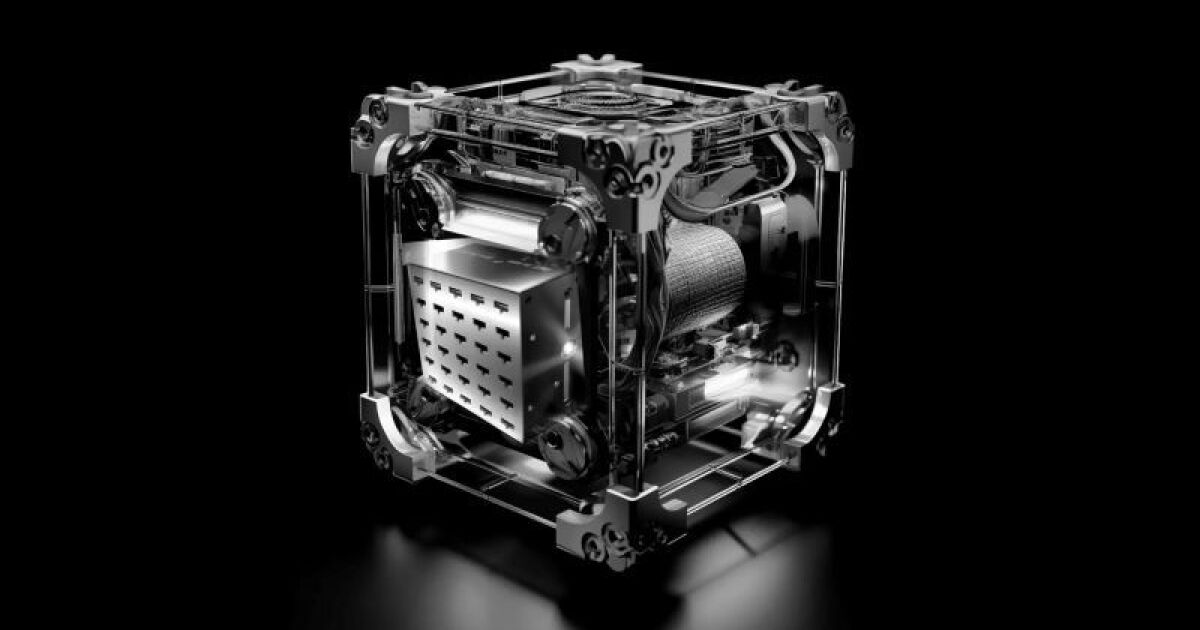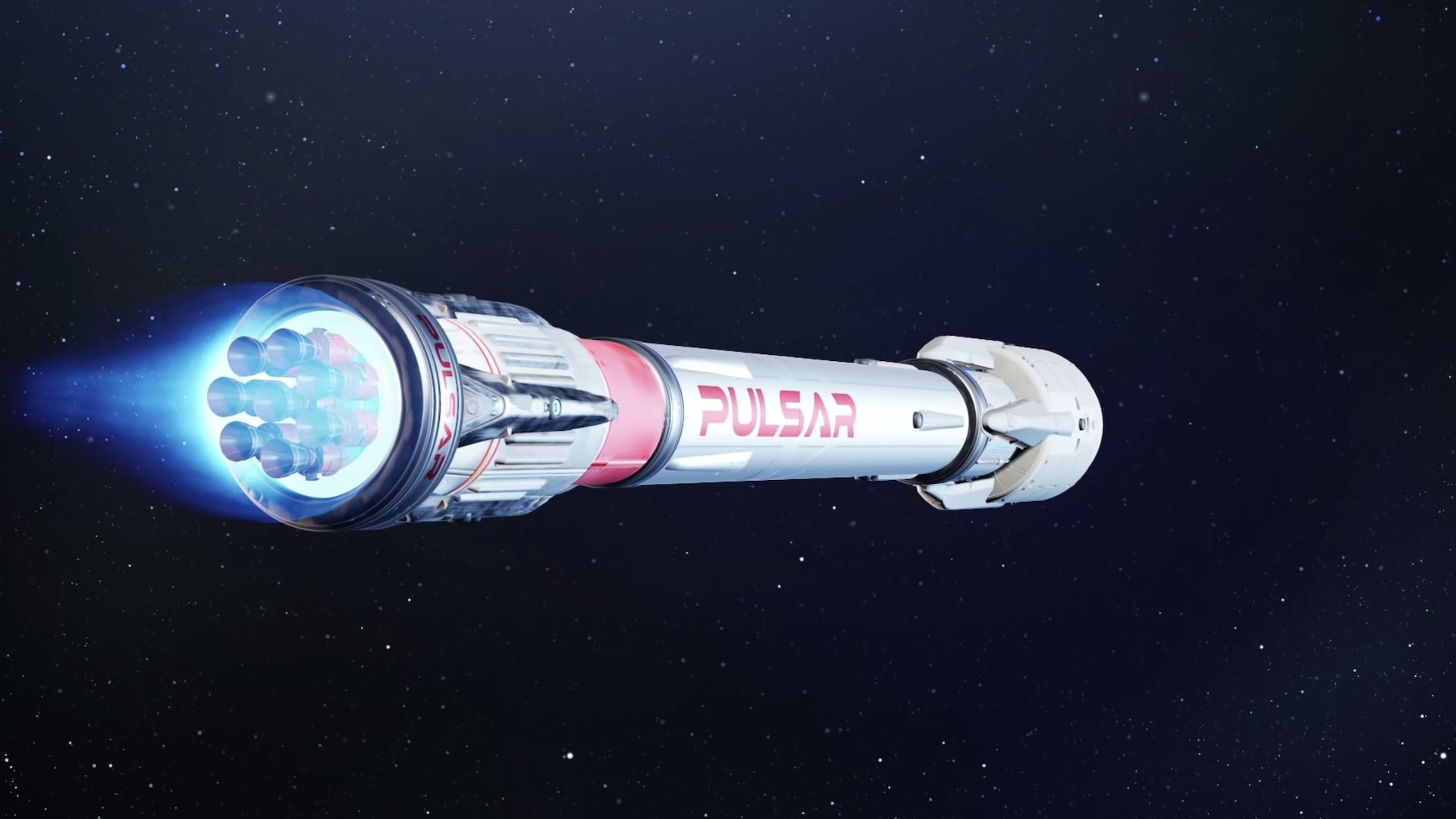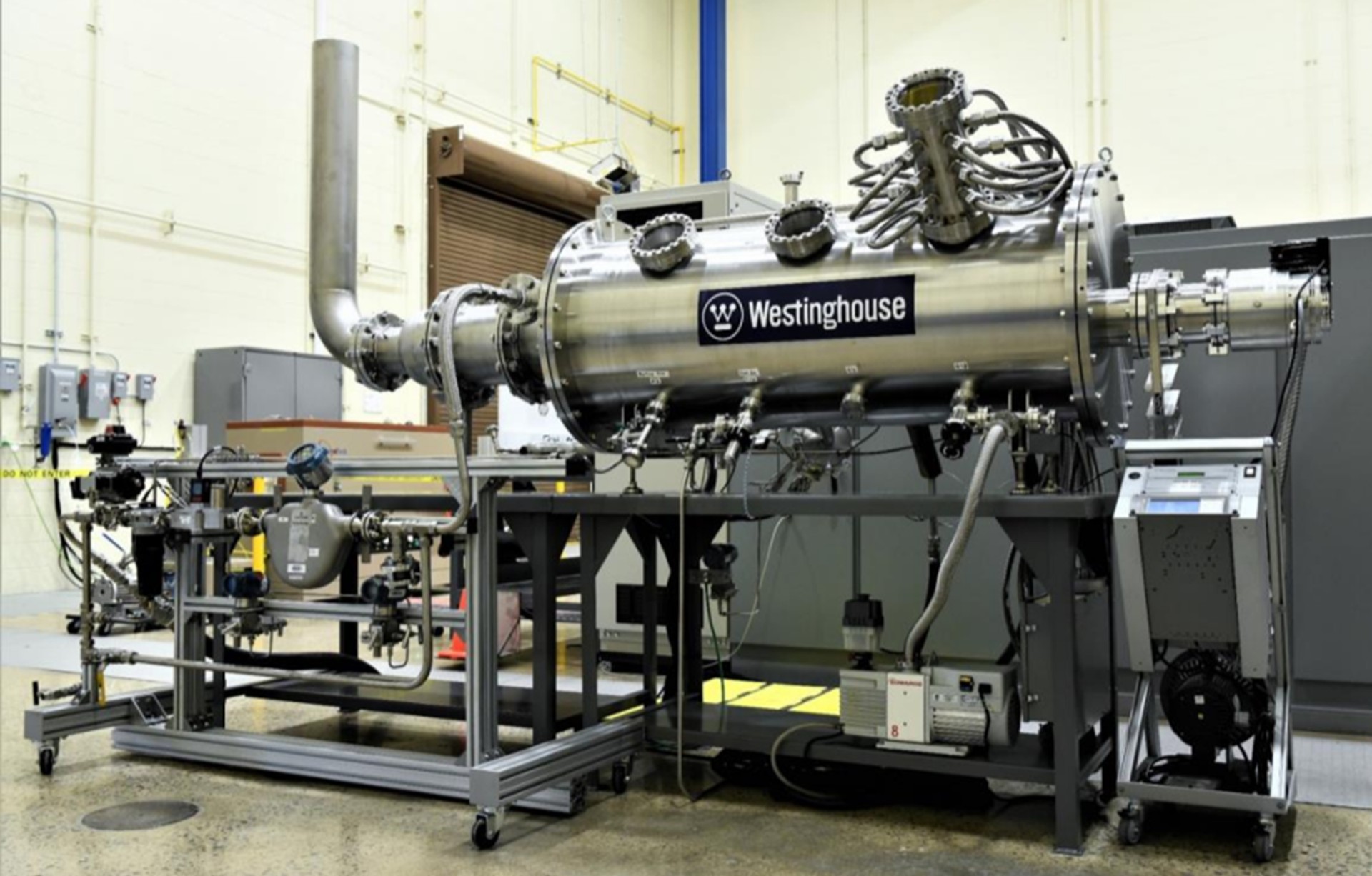A return to roots: Lab builds its first stellarator in 50 years and opens the door for research into new plasma physics
For the first time, scientists have built a fusion experiment using permanent magnets, a technique that could show a simple way to build future devices for less cost and allow researchers to test new concepts for future fusion power plants. (21 days ago)

Plasma fusion: Adding just enough fuel to the fire
a month ago
How much fuel can we add to the fire while still maintaining control? Metaphorically speaking, that's the question one team at the U.S. Department of Energy's Princeton Plasma Physics Laboratory (PPPL) has been asking themselves lately.

Fusion drive space engine ready for flight
a month ago
Rocket science got a bit more science-fiction-like as RocketStar announces it has successfully demonstrated a new ion drive that incorporates nuclear fusion. It's not the sort of fusion that powers the Sun, but it does improve thrust by 50%.

UK spurns European invitation to join ITER nuclear fusion project
2 months ago
Since Brexit, the UK no longer has access to ITER, the world's largest nuclear fusion experiment, through the European Union. After an invitation to rejoin this week, the UK government has confirmed it prefers to go it alone.

How do you recycle a nuclear fusion reactor? We're about to find out
2 months ago
The UK's JET nuclear fusion reactor has been shut down after 40 years, and now researchers hope to repurpose many of its components in a world-first attempt at recycling a tokamak reactor.

There's hope yet: Clean energy advances that inspired us in 2023
4 months ago
The world needs gargantuan amounts of clean energy moving forward, making this an area of colossal and growing opportunity for disruptive innovations. Here are some of the fascinating energy ideas and technologies that made us most hopeful in 2023.

Tantalum cold spray boosts potential of fusion reactor chambers
4 months ago
The insides of nuclear fusion reactors are violent and chaotic places. A new cold-spray coating can take the heat and also trap some rogue hydrogen particles at the same time, potentially making for smaller, better plasma chambers.

First practical use for nuclear fusion could help cancer treatment
5 months ago
Fusion reactors could be used to produce radioactive isotopes for hospitals way before they become useful power generators.

Pulsar Fusion Wants to Build the World's First Nuclear Fusion Rocket Engine, is it Legit?
7 months ago
If accomplished, the Demonstration Rocket for Agile Cislunar Operations (DRACO) spacecraft would be the most advanced spacecraft rocket system ever put into operation. That is unless the team at Pulsar Fusion based out of Bletchley in South East England has their say.

Nuclear fusion breakthrough: Is cheap, clean energy finally here?
9 months ago
Copy.

The biggest scientific challenges that AI is already helping to crack
9 months ago
AI isn't just for chatbots – many companies are using it to tackle everything from protein folding and drug development to commercially viable nuclear fusion.

Laser fusion reactors could make their own fuel pellets in a flash
9 months ago
As the question of how to make a laser fusion reactor practical rises, scientists at the University of Rochester’s Laboratory for Laser Energetics (LLE) have come up with a way for fusion lasers to essentially manufacture their own fuel pellets.

Helion to supply Microsoft with fusion power by 2028, or pay penalties
a year ago
In an outrageously audacious move, Washington-based fusion power startup Helion has signed the world's first fusion power supply deal, promising to deliver Microsoft at least 50 megawatts of clean fusion power by 2028, or pay financial penalties.

Tokamak Energy unveils images of fusion power plant slated for 2030s
a year ago
Tokamak Energy has released the first images of what its commercial fusion power plant, which it says would safely generate enough electricity to power 50,000 homes in the 2030s, would look like.

New discovery points the way to more compact fusion power plants
a year ago
A magnetic cage keeps the more than 100 million degree Celsius hot plasmas in nuclear fusion devices at a distance from the vessel wall so that they do not melt. This could make it possible to build smaller and cheaper fusion reactors for energy production.

Simplified calculations reproduce complex plasma flows
a year ago
Accurate and fast calculation of heat flow (heat transport) due to fluctuations and turbulence in plasmas is an important issue in elucidating the physical mechanisms of fusion reactors and in predicting and controlling their performance.

Resistance in tokamak vessel walls can cause disruptive energy loss
a year ago
Under certain conditions, the fusion devices known as tokamaks can suffer a sudden loss of energy to the vessel walls. Researchers call this energy loss process a disruption. One cause is a magnetohydrodynamic (i.e., conducting plasma in a magnetic field) instability, or mode, coupling to the vacuum vessel.

Westinghouse eVinci: The Pint-Sized Mini Reactor Designed to Kick Diesel to the Curb
a year ago
But nuclear fusion is still a pie-in-the-sky fantasy aspiration despite all the good news recently. That said, you shouldn't overlook what's been happening on the fission side of things.

Laser shots could spark additional discoveries in astrophysics
a year ago
In December, the National Ignition Facility (NIF) at the U.S. Department of Energy's (DOE) Lawrence Livermore National Laboratory made headlines worldwide. This first-of-its-kind result will provide invaluable insight into the potential for clean energy from fusion.

TAE makes world-first readings of magnetically-confined H-B fusion
a year ago
We've spoken to this California company before about its impressive progress and ambitious plans in the fusion power space. With more than US$1.2 billion in investments behind it, TAE has come in ahead of schedule with results from its fifth-generation fusion device, called Norman, which was designed to sustain plasma at 30 million °C (54 million °F), but which has already broken through 75 million °C (135 million °F).

Power plasma with gigajoule energy turnover generated for eight minutes
a year ago
After successful recommissioning in autumn 2022, the Greifswald nuclear fusion experiment has surpassed an important target. In 2023, an energy turnover of 1 gigajoule was targeted. Now the researchers have even achieved 1.3 gigajoules and a new record for discharge time on Wendelstein 7-X: the hot plasma could be maintained for eight minutes.

Stuck in the rough: How aging reactor walls may exhibit lower erosion
a year ago
As plasma circulates in a fusion device, the surface of the device that faces the plasma erodes. This releases particles of surface material. Most erosion occurs through a process called sputtering, where a particle strikes a surface and results in the ejection of atoms from that surface.














